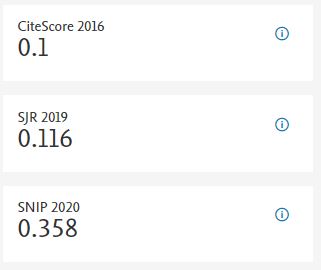DETERMINATION OF LOCAL SCOUR DEPTH FOR DIFFERENT SHAPE OF BRIDGE PIERS
Abstract
Scour is the process or effect of erosion caused by flooding water, which excavates & transports debris from stream bed, banks, and adjacent structures such as bridge piers or abutments in flowing water. The flow mechanism around a pier structure is so complex that it is impossible to develop a generic empirical model to produce reliable scour estimates. However, underestimating scour depth can lead to costly bridge collapses, whilst overestimating might result in excessive building expenses. As a result, understanding the projected maximum scour depth is critical for properly designing the bridge pier foundation. Attempts are made in the study to determine the scour depth by a series oflaboratory model tests. For that purpose various flow conditions and pierconfigurations were considered. Experiments were conducted to study local scour atcylindrical bridgepiers in both uniform & non-uniformcohesionless sediment. The study's goal was to gain a better knowledge of local scouraround bridge piers and its relationship to sediment movement. Four empirical equations relating equilibrium depth of scour to approach velocity, flow depth, & sediment size were developed for homogeneous and non-uniformsediments.This research provides a means of assessing some important aspects of scouringprocess and various factors that influence the scour depth. The program of workperformed in this study includes the following:Local scour at cylindrical bridge piers in both uniform and non-uniformcohesion less sediments was investigated experimentally. Experiments were conducted to study the scouring effect for different shapes of pier and scouring behaviour for different shapes under different flow conditions.














